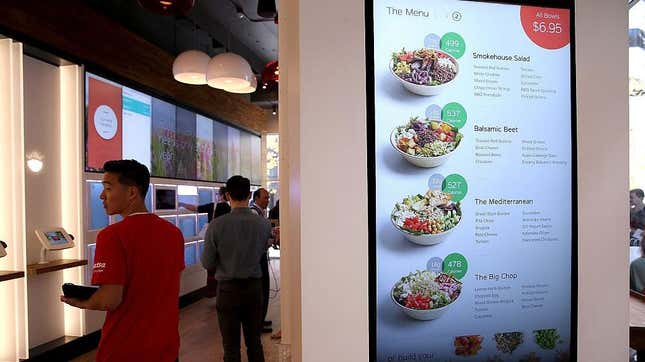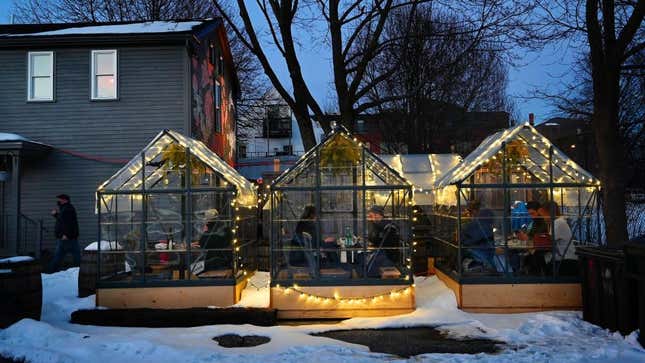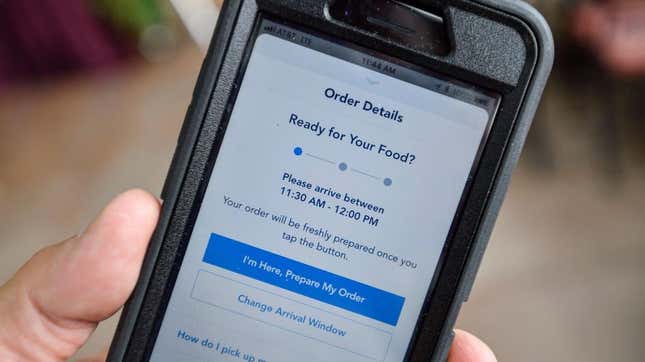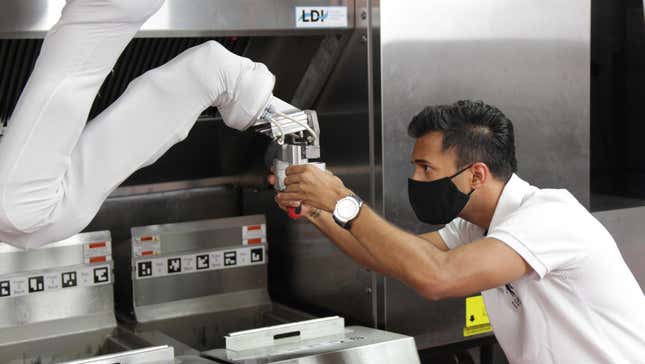
Before March 2020, it would have been inconceivable to say, “I want to celebrate my birthday this evening—how about we order a six-course meal from a five-star restaurant and take it to go?” Yet that is exactly what the pandemic necessitated, and what our modern tech landscape has enabled. More takeout is being ordered than ever before, and dine-in service often requires proof of vaccination. Who could have seen any of this coming?
But it’s not just COVID-19 that has changed the way we dine. A whole host of other innovations are slowly but surely shifting the restaurant experience. In the following slides, we present our predictions for how dining out will be different in 2022, and which current trends might fade away.






